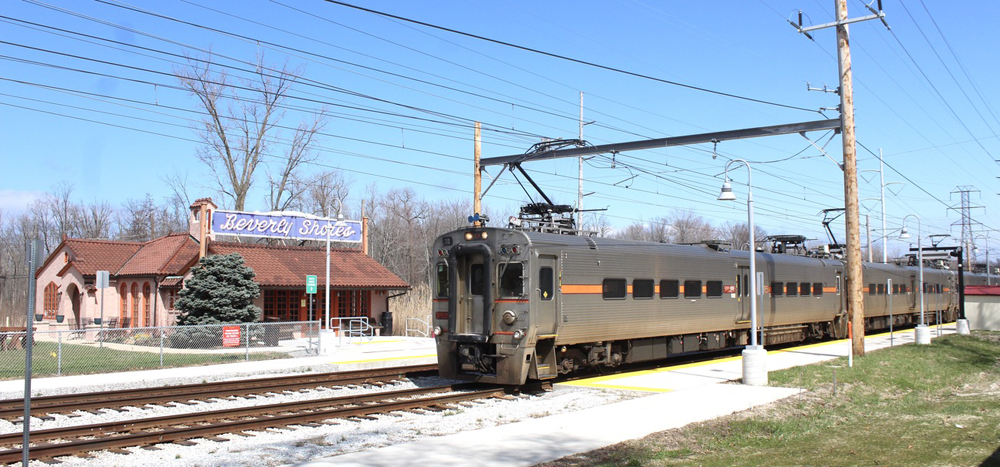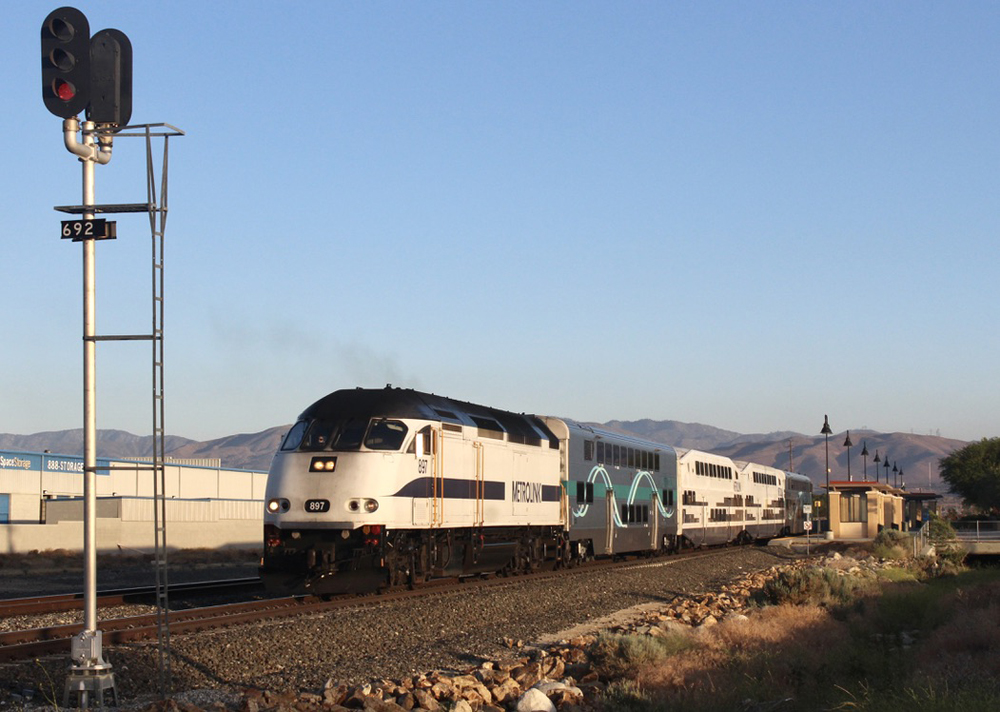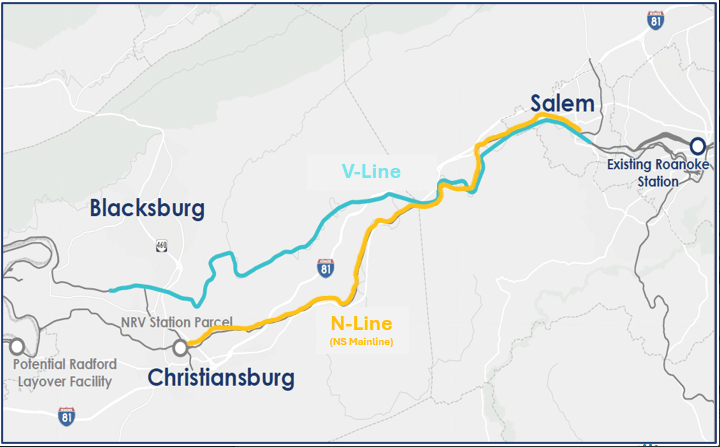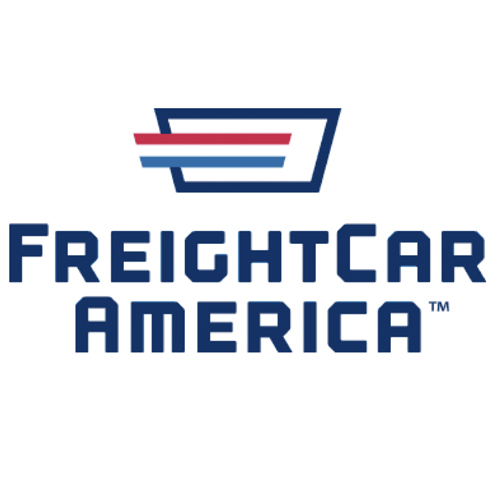
WASHINGTON — Five commuter rail leaders alerted members of Congress to long-festering issues at a hearing on Capitol Hill today (Wednesday, April 17).
It is unclear if the lawmakers are prepared to champion changes suggested by witnesses during the session by the House Transportation and Infrastructure Committee Railroads’ Pipelines, and Hazardous Materials Subcommittee, “Commuter rail industry challenges and solutions.”
South Shore head seeks STB oversight in Amtrak negotiations
Mike Noland, president of the Northern Indiana Commuter Transportation District, the agency overseeing the South Shore Line, voiced concerns about Amtrak’s statutory right to pay only incremental costs to access commuter rail infrastructure. He wants the Surface Transportation Board’s involvement to ensure “good faith negotiations between Amtrak and commuter rail systems when either party seeks trackage rights, and a forum to adjudicate disputes over access and compensation.”
Noland said Amtrak has been exploring the possibility of bypassing Norfolk Southern’s freight-congested Chicago Line for trains operating east of Chicago in favor of the South Shore’s $650 million, soon-to-open double track route to Michigan City, Ind.
He said Amtrak has “vigorously defended” its statutory authority over commuter railroads, adding, “We suggest that the STB be empowered with the authority to review and determine terms of any agreement between Amtrak and a commuter rail agency that remain in dispute.”
Liability mandate
Noland, also chairman of the industry group the Commuter Rail Coalition, also delved into the complex problem all carriers face in complying with a requirement imposed by third-party contractors to acquire excess liability insurance within 30 days after a new federal liability cap is announced.
The liability cap rose $26 million to $323 million on March 27, 2021, “and every commuter railroad in the country raced to acquire the coverage in the excess liability market,” explained Nolan. He expects the cap to rise about $70 million when next adjusted for inflation in 2026.
Noland’s 15 pages of written testimony detail why commuter railroads have difficulty acquiring the insurance. He notes that not only are there very few U.S. insurers, but the London and Bermuda-based insurance carriers who still participate must be “layered” in an insurance “tower” because none of the companies will insure the full amount. He says all but one of 35 slots on NICTD’s insurance tower are filled by foreign-based insurers.
“If one considers that 32 commuter railroads each will be competing for additional coverage to meet the 2026 cap, it will be difficult — if not impossible — for all commuter railroads to obtain the coverage by the current 30-day deadline,” Noland asserts. He wants Congress to change the implementation requirement to one year.
Additional concerns and opportunities
The witnesses took turns raising other issues. Among them:
— Operators can’t qualify for Consolidated Rail Infrastructure and Safety Improvement (CRISI) project funding. Denver RTD CEO Debra Johnson pointed out the Federal Railroad Administration program specifically excludes commuter rail investments. “There is no specific program in existence at the USDOT, either within the FRA or Federal Transit Administration, that is specifically focused on commuter rail projects,” Johnson says.
Commuter rail does receive a slice of formula grants from the Highway Trust Fund, however. U.S. Rep. Rick Larsen (D-Wash.) noted that with longer commutes, intercity passenger rail should also have access to the same annual operating funds that commuter rail and transit receive. Instead, Amtrak’s survival is dependent on annual appropriations.
— Johnson and David Dech, executive director of Florida’s Tri-Rail, questioned provisions of bipartisan safety legislation now moving through the U.S. Senate that require commuter carriers to bear the cost of hotbox detector installation and other safety requirements that benefit only freight rail.
NJ Transit CEO Kevin Corbett said there are five PTC system variations, which amount to “an unfunded mandate for commuter carriers.” He did acknowledge that the Bipartisan Infrastructure Law has helped reduce the backlog of historical underinvestment. “The Portal Bridge project is 50% complete and on time for completion in 2026,” Corbett says.

— The industry is experimenting with new service patterns to match demand. Darren Kettle, CEO of LA-area operator Metrolink, told the lawmakers his agency recently boosted ridership on the Antelope Valley Line by 27% when it increased off-peak frequencies. He also mentioned the pressing need to begin expanding infrastructure for Los Angeles’ 2028 Olympics and the partnership with Brightline West’s high-speed rail Las Vegas venture, which will connect with Metrolink at Rancho Cucamonga, Calif. The next U.S. Olympics is being touted as a “car-free” event.
A video of today’s 2-hour proceeding is available here.














There is absolutely nothing here that hasn’t been an issue for as long there has been an Amtrak and state supported commuter trains. As such a new generation of congresscritters will be enlightened and then promptly ignore the issues as fixing them will take initiative and money.
They get federal funds but don’t want the federal trains.
Oh, I don’t know. Let’s do the math. The current lineup is five train pairs to Michigan, plus the eastern LDs which I believe total about three train pairs. So that’s sixteen trains, for now. A number hopefully to increase.
Bargaining always starts with “can’t do”, then proceeds from there.